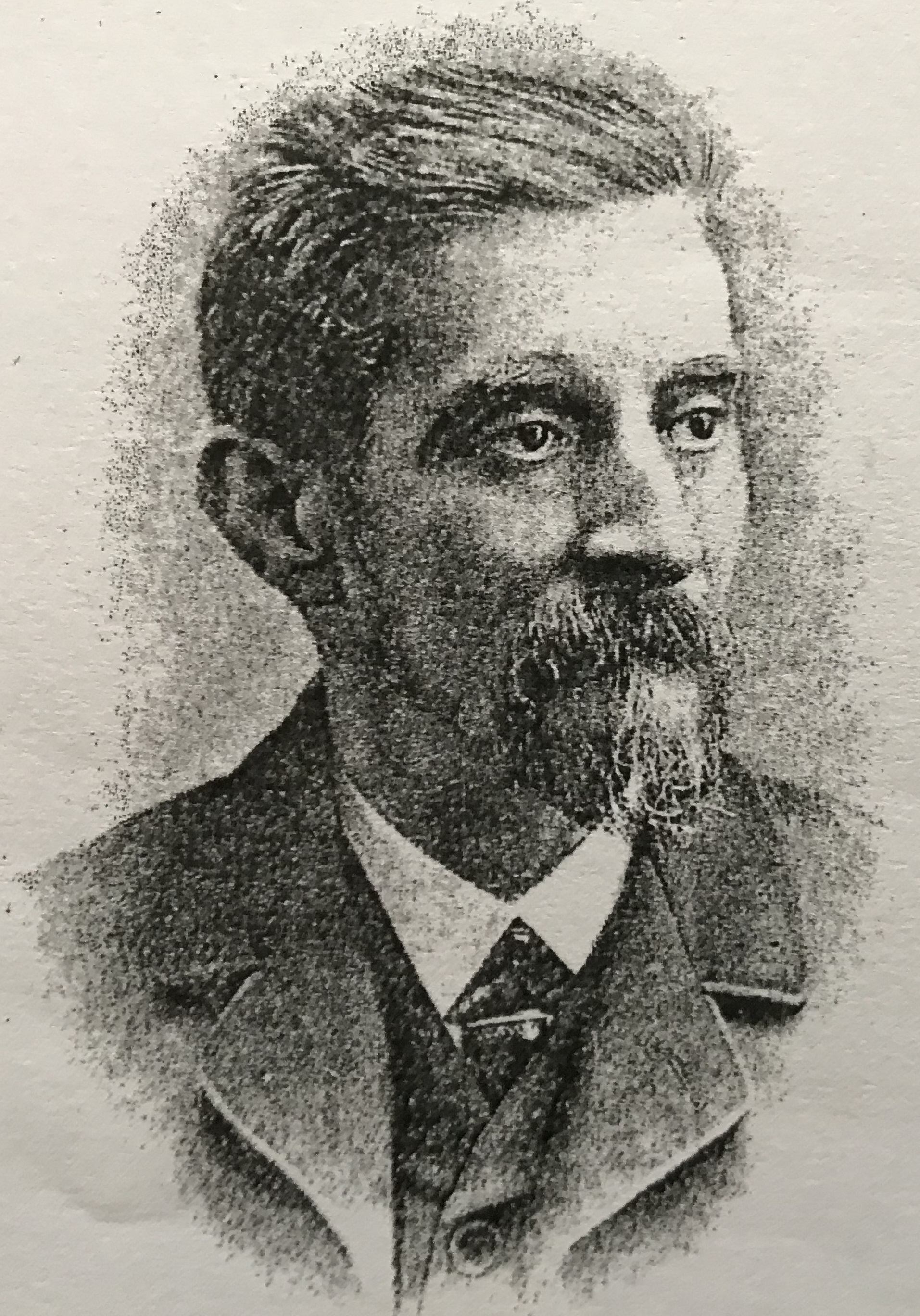And following on from Part 2 …. at the end of November 1891, letter 7 arrived at the Pioneer. This was from ‘Pilgrim’, a resident of Eastwood, and told of his recollections of that town.
Question 41. Three of blacksmith Bell's fine daughters were Sarah Ann, Priscilla and Phoebe. What did their husbands (George Wright, Isaac Parkin and Henry Knighton, respectively) have in common ? Question 42. Who was the Goddard of White Lion Square and in which Regiment had he served ? Question 43. Charlie Fritchley was the son of Cossall farmer Richard (who had developed property in South Street) and his third wife Hannah (nee Wheatley). Who was the patriarch of the 'Ilkeston Fritchley's' (Richard's younger brother) ? Question 44. How were the Ilkeston Fritchleys united with the Cossall Fritchleys in 1869 ?
Letter 9 was a general ‘thank you’ to the Pioneer’s editor from John Marlow, a medical herbalist in Basford, while Letters 10 and 11 were from Pilgrim about his life in Eastwood).
Question 45. Where was the Maypole ? Question 46. What was the occupation of 'old man Williams' of Kensington Row ? Question 47. What was the familial connection between 'boy George' Fern and old man Williams ? (This is a tricky one and so deserves two marks for a correct answer !!) Question 48. How might a blind person be aware of the presence of John Watkinson ?
Question 49. What was the official position held for many years by John Paxton ? Question 50. Name the two cricketing Attenborough brothers. Question 51. What did they have in common with their eldest brother ? Question 52. What was the name of the Potter residence at this time ? Question 53. Where did William Hunt trade as tailor, barber and hairdresser ? Question 54. John Cartwright wrote this letter on December 15th 1891; why would he no longer meet John Childs in Blackpool, or anywhere else ? Question 55. The letter mentions several prominent Ilkeston trading families ... can you pick out the two drapers ? Question 56. Amos and David Johnson were sons of James; what was the latter's 'nick-name' ?
And now your picture question ….
This is Charles Potts, born on April 18th 1842, at Hockley in Nottingham, and later chemist and druggist of Bath Street. What (occupationally) did he have in common with Paul Walker, the ‘worthy old shoemaker‘ of the Market Place ?
——————————————————————————————————————————————————————————
Who do you think they are ?
Although Pilgrim has joined the ‘writers’ circle’, I will (at least for the time being) overlook him as he is a resident of Eastwood in Nottinghamshire.
Part 4 follows


